The term “face-ism” and the concept comes from a study on gender bias in the way men and women are portrayed in photographs*. Researchers studied magazines and media and found that photographs of men were more likely to show close-ups of their face. Photographs of women tended to show more of their bodies. Images of men were said to have a higher face-ism ratio then women.
Mathematically, face-ism is the ratio in a photograph between the face and the body. 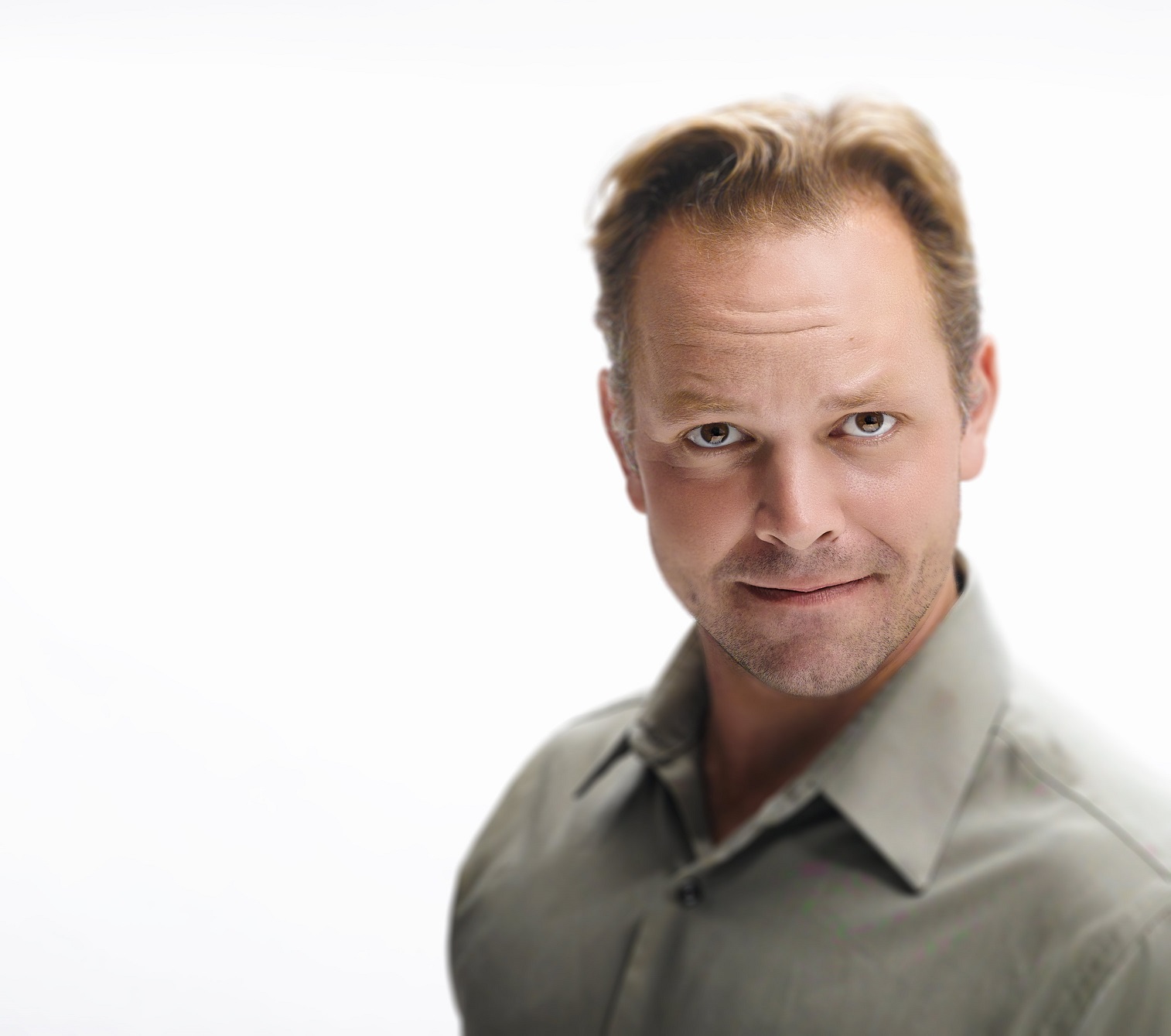 An image that contains only a face has a high face-ism value, while an image that shows the entire body has a low face-ism value. The technical measurement is achieved by measuring from the chin to the top of the head, then measuring from the lowest visible part of the body to the top of the head and comparing the two measurements.
The difference in portrayal
An image that contains only a face has a high face-ism value, while an image that shows the entire body has a low face-ism value. The technical measurement is achieved by measuring from the chin to the top of the head, then measuring from the lowest visible part of the body to the top of the head and comparing the two measurements.
The difference in portrayal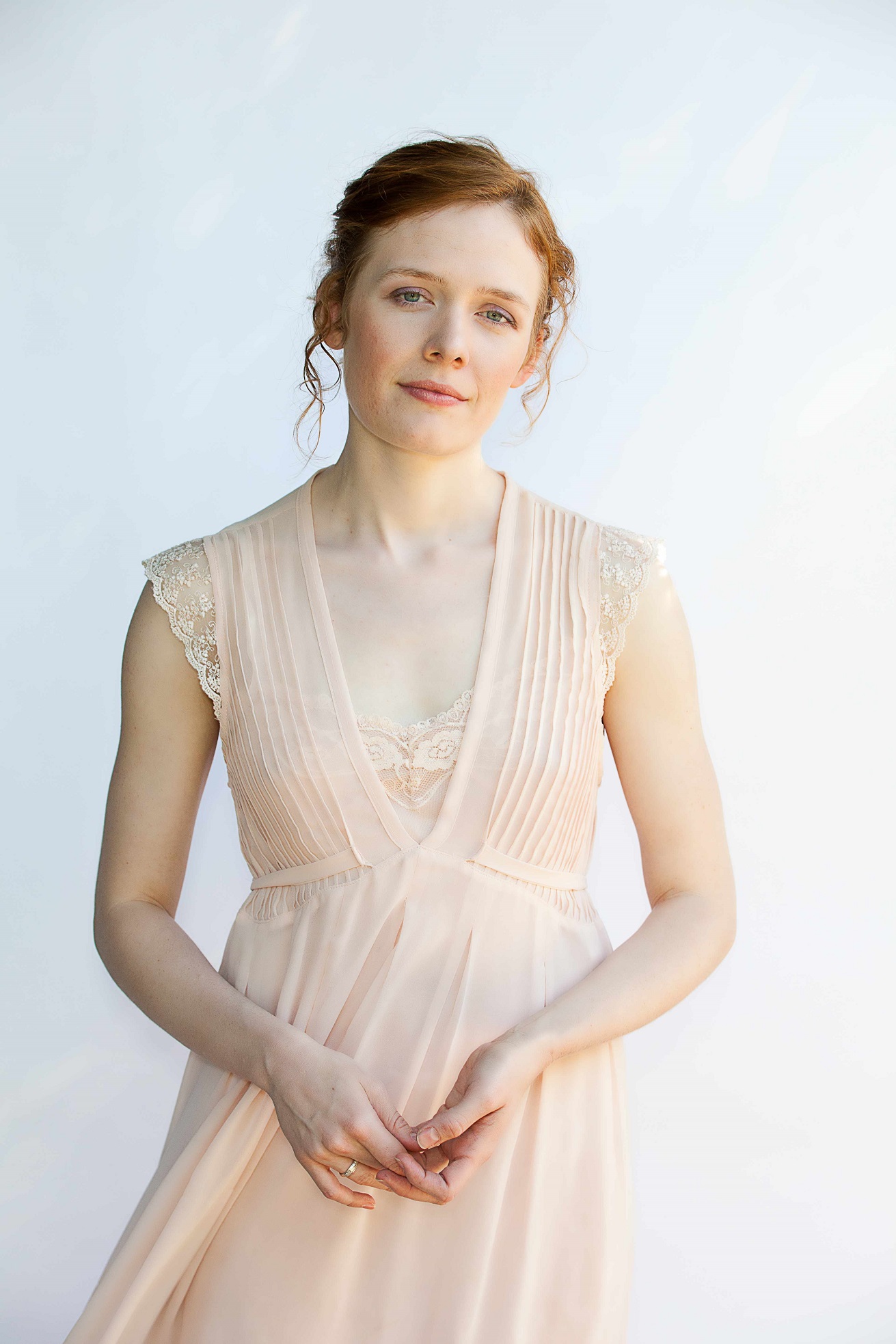 between men and women are most likely cultural and biological. The implications are profound.When a photograph shows more of the human body, the meaning of the image is more about the physical aspects of the subject: physical strength, sexuality, and attractiveness.
Images with facial close-ups are more about the emotional. People shown in close-up are judged to be more intelligent, compassionate, and ambitious.
Consider
between men and women are most likely cultural and biological. The implications are profound.When a photograph shows more of the human body, the meaning of the image is more about the physical aspects of the subject: physical strength, sexuality, and attractiveness.
Images with facial close-ups are more about the emotional. People shown in close-up are judged to be more intelligent, compassionate, and ambitious.
Consider 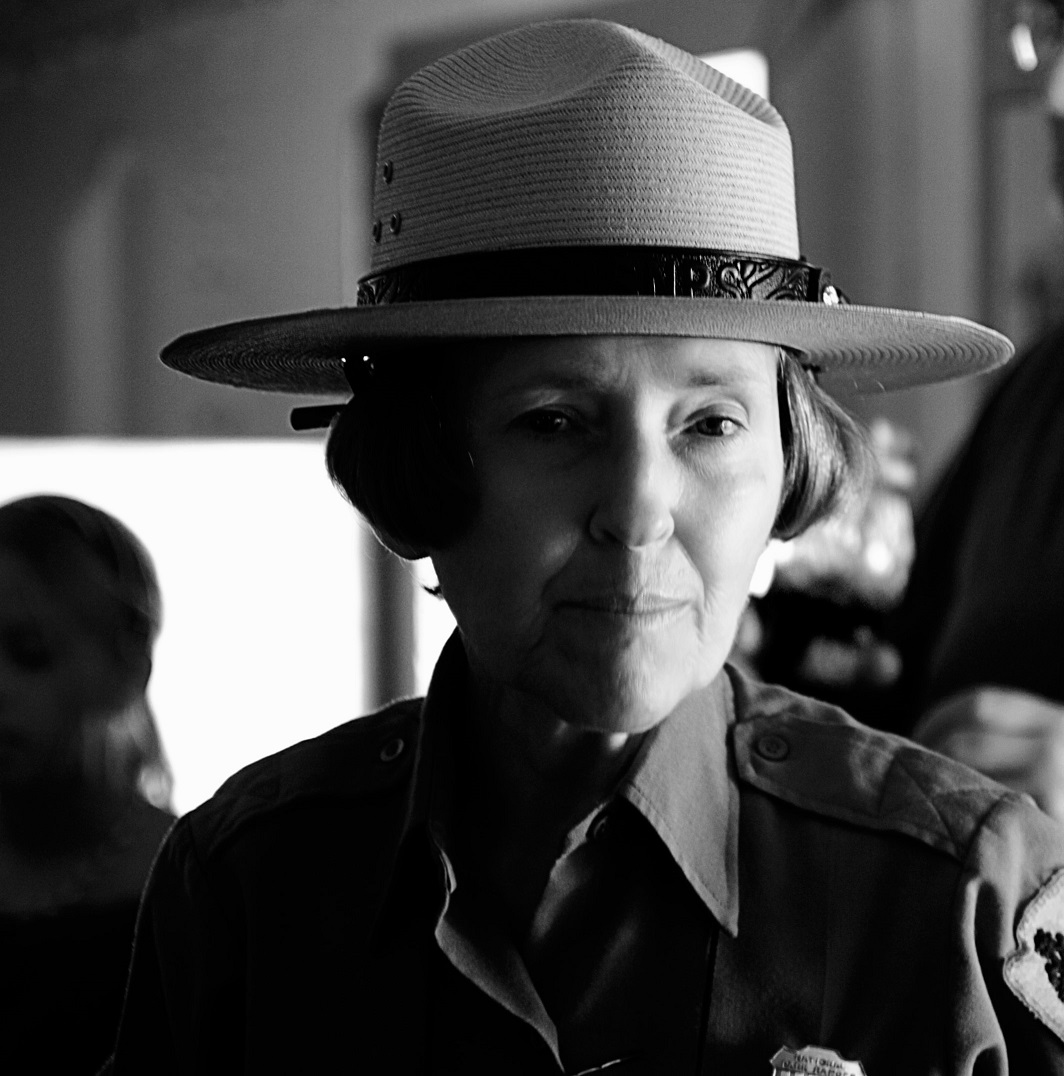 the famous portrait of Steve Jobs by Albert Watson. Jobs on a white background, wearing a black shirt. His hand on his chin as he looks directly at the camera. The shot portrays Jobs as highly intelligent, could a photograph
the famous portrait of Steve Jobs by Albert Watson. Jobs on a white background, wearing a black shirt. His hand on his chin as he looks directly at the camera. The shot portrays Jobs as highly intelligent, could a photograph  that showed his full body do the same? Imagine a photograph of Superman standing strong in is uniform and cape and his full body in view. Would the image be as effective without his full body in the frame? Would any super-hero look as strong in a close up image?
How you frame a portrait will have a great affect on how that person is perceived. It is both a great power and a great responsibility (thank you Spiderman).
that showed his full body do the same? Imagine a photograph of Superman standing strong in is uniform and cape and his full body in view. Would the image be as effective without his full body in the frame? Would any super-hero look as strong in a close up image?
How you frame a portrait will have a great affect on how that person is perceived. It is both a great power and a great responsibility (thank you Spiderman). 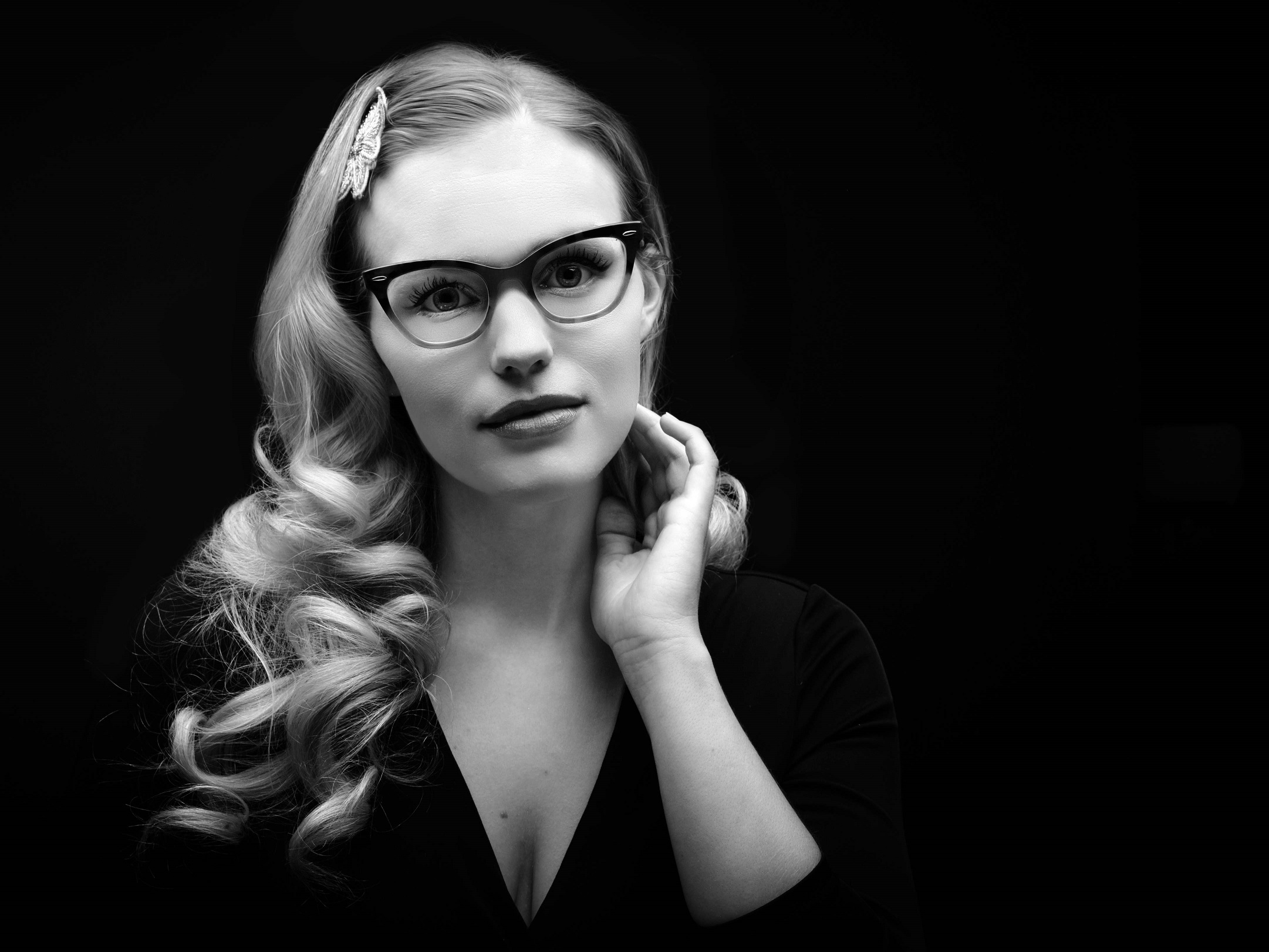 You can use this to your advantage. If you need to portray someone as intelligent or compassionate, you’ll want to zoom closer into the face. If you need to show sexuality or physicality include more of the body.
Note: The angle of view of your portrait will also have an effect on how your subject is perceived, that is a topic for another day.
Obviously there are limits - an extreme close up will not amplify the impact of face-ism, a photo of an eye will not leave the viewer with the same reaction.
You can use this to your advantage. If you need to portray someone as intelligent or compassionate, you’ll want to zoom closer into the face. If you need to show sexuality or physicality include more of the body.
Note: The angle of view of your portrait will also have an effect on how your subject is perceived, that is a topic for another day.
Obviously there are limits - an extreme close up will not amplify the impact of face-ism, a photo of an eye will not leave the viewer with the same reaction. 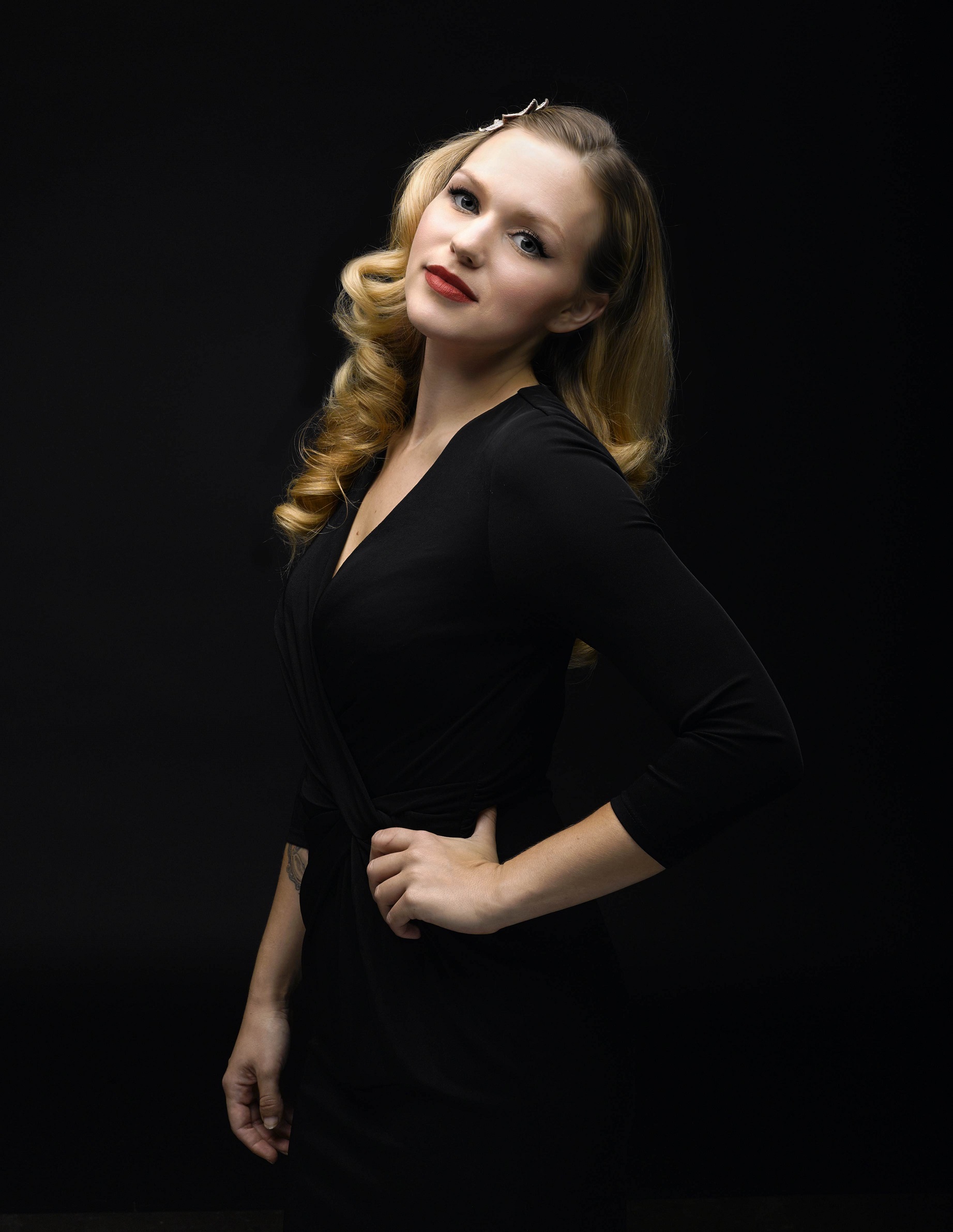 You will reach a point where close up is too close and the effect can become uncomfortable. Conversely, if your subject is the size of an ant in the photo, it will be very difficult to communicate sexuality or strength. The reason is the same as why face-ism exists, it has to do with the power of framing.
The frame is a substitute for the viewer’s eye. Even though the photographer is choosing what to show, the viewer’s reaction is as if they made the choice where to look. A close-up of an eye may be disconcerting even threatening. A close-up of a mouth may be more sensual, as if we are looking at lips we are about to kiss. When we see those smiling faces on magazine covers, they are smiling at us. When it comes to photographs, turns out, we always take it personally.
You will reach a point where close up is too close and the effect can become uncomfortable. Conversely, if your subject is the size of an ant in the photo, it will be very difficult to communicate sexuality or strength. The reason is the same as why face-ism exists, it has to do with the power of framing.
The frame is a substitute for the viewer’s eye. Even though the photographer is choosing what to show, the viewer’s reaction is as if they made the choice where to look. A close-up of an eye may be disconcerting even threatening. A close-up of a mouth may be more sensual, as if we are looking at lips we are about to kiss. When we see those smiling faces on magazine covers, they are smiling at us. When it comes to photographs, turns out, we always take it personally.
 The high face-ism photo is a substitute for where our focus is when we are in close conversation. The full body shot is the viewpoint we take when we are trying to view a person’s body. If you haven’t seen your aunt for a while she might hug you then say, “Stand back and let me take a look at you.” Of course this is also how we might initially view a potential partner, or right or wrong, objectify someone.
The power of the reaction varies depending on the subject. Show us a photo of the
The high face-ism photo is a substitute for where our focus is when we are in close conversation. The full body shot is the viewpoint we take when we are trying to view a person’s body. If you haven’t seen your aunt for a while she might hug you then say, “Stand back and let me take a look at you.” Of course this is also how we might initially view a potential partner, or right or wrong, objectify someone.
The power of the reaction varies depending on the subject. Show us a photo of the  Grand Canyon and we know we are not looking at the actual Grand Canyon. But show someone with trypophobia a photograph of something with small holes, and the reaction to even just a photograph is quite visceral.
Face-ism is far from being the only way we can affect the perception of our models. Angle of view, lighting, environment, lens choice, clothing, make-up, color palate, retouching style, all will change how your subject is perceived. It is the photographer’s responsibility to be aware of these elements, and then decide how to use them. Understanding face-ism gives you one more powerful tool in creating great images. Use it wisely.
* “Face-ism” by Dane Archer, Debra D. Kimes, and Michael Barrios, Psychology Today, 1978, p.65-66
Grand Canyon and we know we are not looking at the actual Grand Canyon. But show someone with trypophobia a photograph of something with small holes, and the reaction to even just a photograph is quite visceral.
Face-ism is far from being the only way we can affect the perception of our models. Angle of view, lighting, environment, lens choice, clothing, make-up, color palate, retouching style, all will change how your subject is perceived. It is the photographer’s responsibility to be aware of these elements, and then decide how to use them. Understanding face-ism gives you one more powerful tool in creating great images. Use it wisely.
* “Face-ism” by Dane Archer, Debra D. Kimes, and Michael Barrios, Psychology Today, 1978, p.65-66
 An image that contains only a face has a high face-ism value, while an image that shows the entire body has a low face-ism value. The technical measurement is achieved by measuring from the chin to the top of the head, then measuring from the lowest visible part of the body to the top of the head and comparing the two measurements.
The difference in portrayal
An image that contains only a face has a high face-ism value, while an image that shows the entire body has a low face-ism value. The technical measurement is achieved by measuring from the chin to the top of the head, then measuring from the lowest visible part of the body to the top of the head and comparing the two measurements.
The difference in portrayal between men and women are most likely cultural and biological. The implications are profound.When a photograph shows more of the human body, the meaning of the image is more about the physical aspects of the subject: physical strength, sexuality, and attractiveness.
Images with facial close-ups are more about the emotional. People shown in close-up are judged to be more intelligent, compassionate, and ambitious.
Consider
between men and women are most likely cultural and biological. The implications are profound.When a photograph shows more of the human body, the meaning of the image is more about the physical aspects of the subject: physical strength, sexuality, and attractiveness.
Images with facial close-ups are more about the emotional. People shown in close-up are judged to be more intelligent, compassionate, and ambitious.
Consider  the famous portrait of Steve Jobs by Albert Watson. Jobs on a white background, wearing a black shirt. His hand on his chin as he looks directly at the camera. The shot portrays Jobs as highly intelligent, could a photograph
the famous portrait of Steve Jobs by Albert Watson. Jobs on a white background, wearing a black shirt. His hand on his chin as he looks directly at the camera. The shot portrays Jobs as highly intelligent, could a photograph  that showed his full body do the same? Imagine a photograph of Superman standing strong in is uniform and cape and his full body in view. Would the image be as effective without his full body in the frame? Would any super-hero look as strong in a close up image?
How you frame a portrait will have a great affect on how that person is perceived. It is both a great power and a great responsibility (thank you Spiderman).
that showed his full body do the same? Imagine a photograph of Superman standing strong in is uniform and cape and his full body in view. Would the image be as effective without his full body in the frame? Would any super-hero look as strong in a close up image?
How you frame a portrait will have a great affect on how that person is perceived. It is both a great power and a great responsibility (thank you Spiderman).  You can use this to your advantage. If you need to portray someone as intelligent or compassionate, you’ll want to zoom closer into the face. If you need to show sexuality or physicality include more of the body.
Note: The angle of view of your portrait will also have an effect on how your subject is perceived, that is a topic for another day.
Obviously there are limits - an extreme close up will not amplify the impact of face-ism, a photo of an eye will not leave the viewer with the same reaction.
You can use this to your advantage. If you need to portray someone as intelligent or compassionate, you’ll want to zoom closer into the face. If you need to show sexuality or physicality include more of the body.
Note: The angle of view of your portrait will also have an effect on how your subject is perceived, that is a topic for another day.
Obviously there are limits - an extreme close up will not amplify the impact of face-ism, a photo of an eye will not leave the viewer with the same reaction.  You will reach a point where close up is too close and the effect can become uncomfortable. Conversely, if your subject is the size of an ant in the photo, it will be very difficult to communicate sexuality or strength. The reason is the same as why face-ism exists, it has to do with the power of framing.
The frame is a substitute for the viewer’s eye. Even though the photographer is choosing what to show, the viewer’s reaction is as if they made the choice where to look. A close-up of an eye may be disconcerting even threatening. A close-up of a mouth may be more sensual, as if we are looking at lips we are about to kiss. When we see those smiling faces on magazine covers, they are smiling at us. When it comes to photographs, turns out, we always take it personally.
You will reach a point where close up is too close and the effect can become uncomfortable. Conversely, if your subject is the size of an ant in the photo, it will be very difficult to communicate sexuality or strength. The reason is the same as why face-ism exists, it has to do with the power of framing.
The frame is a substitute for the viewer’s eye. Even though the photographer is choosing what to show, the viewer’s reaction is as if they made the choice where to look. A close-up of an eye may be disconcerting even threatening. A close-up of a mouth may be more sensual, as if we are looking at lips we are about to kiss. When we see those smiling faces on magazine covers, they are smiling at us. When it comes to photographs, turns out, we always take it personally.
 The high face-ism photo is a substitute for where our focus is when we are in close conversation. The full body shot is the viewpoint we take when we are trying to view a person’s body. If you haven’t seen your aunt for a while she might hug you then say, “Stand back and let me take a look at you.” Of course this is also how we might initially view a potential partner, or right or wrong, objectify someone.
The power of the reaction varies depending on the subject. Show us a photo of the
The high face-ism photo is a substitute for where our focus is when we are in close conversation. The full body shot is the viewpoint we take when we are trying to view a person’s body. If you haven’t seen your aunt for a while she might hug you then say, “Stand back and let me take a look at you.” Of course this is also how we might initially view a potential partner, or right or wrong, objectify someone.
The power of the reaction varies depending on the subject. Show us a photo of the  Grand Canyon and we know we are not looking at the actual Grand Canyon. But show someone with trypophobia a photograph of something with small holes, and the reaction to even just a photograph is quite visceral.
Face-ism is far from being the only way we can affect the perception of our models. Angle of view, lighting, environment, lens choice, clothing, make-up, color palate, retouching style, all will change how your subject is perceived. It is the photographer’s responsibility to be aware of these elements, and then decide how to use them. Understanding face-ism gives you one more powerful tool in creating great images. Use it wisely.
* “Face-ism” by Dane Archer, Debra D. Kimes, and Michael Barrios, Psychology Today, 1978, p.65-66
Grand Canyon and we know we are not looking at the actual Grand Canyon. But show someone with trypophobia a photograph of something with small holes, and the reaction to even just a photograph is quite visceral.
Face-ism is far from being the only way we can affect the perception of our models. Angle of view, lighting, environment, lens choice, clothing, make-up, color palate, retouching style, all will change how your subject is perceived. It is the photographer’s responsibility to be aware of these elements, and then decide how to use them. Understanding face-ism gives you one more powerful tool in creating great images. Use it wisely.
* “Face-ism” by Dane Archer, Debra D. Kimes, and Michael Barrios, Psychology Today, 1978, p.65-66





